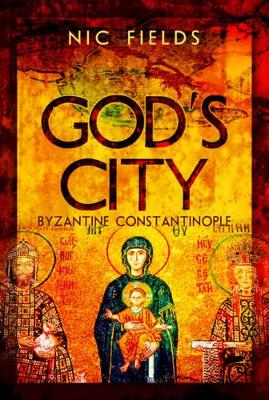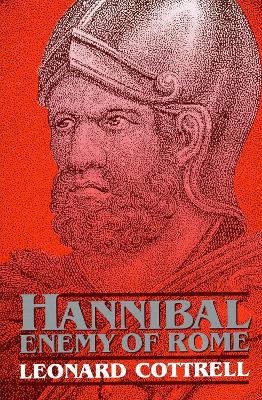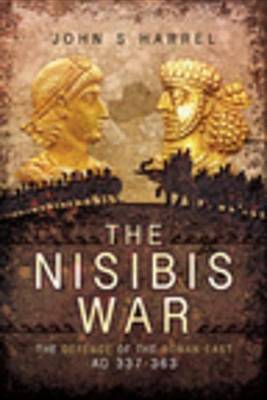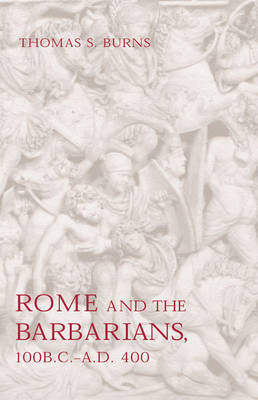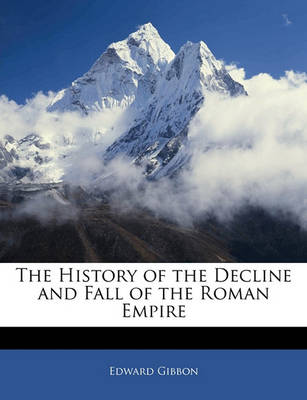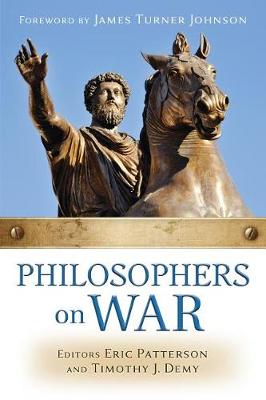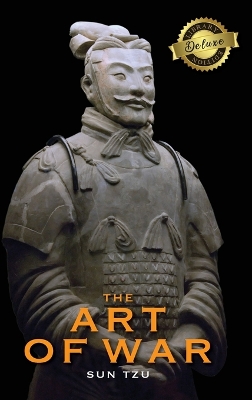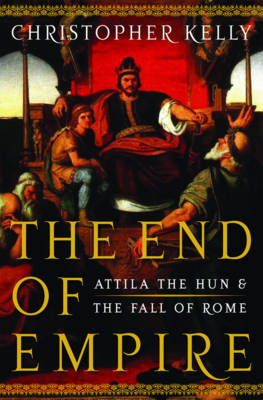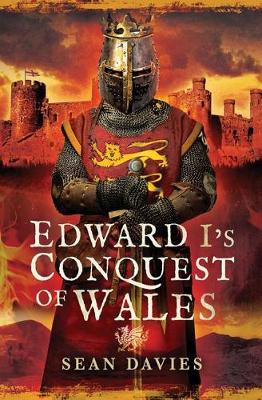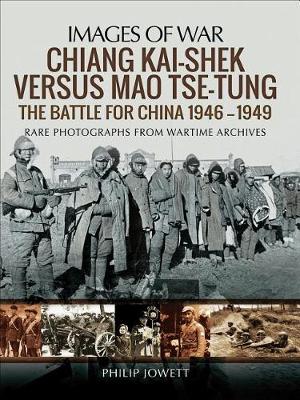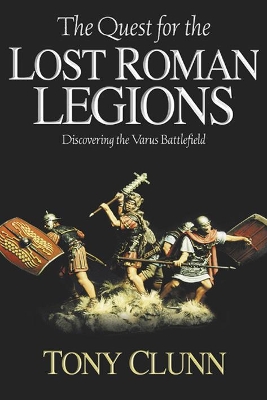Byzantium. Was it Greek or Roman, familiar or hybrid, barbaric or civilised, Oriental or Western? In the late eleventh century Constantinople was the largest and wealthiest city in Christendom, the seat of the Byzantine emperor, Christ s vice-regent on earth, and the centre of a predominately Christian empire, steeped in Greek cultural and artistic influences, yet founded and maintained by a Roman legal and administrative system. Despite the amalgam of Greek and Roman influences, however, its la...
Maximinus was a half-barbarian strongman 'of frightening appearance and colossal size' who could smash stones with his bare hands and pull fully laden wagons unaided. Such feats impressed the emperor Severus who enlisted him into the imperial bodyguard whereupon he embarked on a distinguished military career. Eventually he achieved senior command in the massive Roman invasion of Persia in 232 and three years later became emperor himself in a military coup. Supposedly over seven feet tall (it is...
Bohemond of Taranto, Lord of Antioch, unofficial leader of the First Crusade, was a man of boundless ambition and inexhaustible energy - he was, in the words of Romuald of Salerno, 'always seeking the impossible'. While he failed in his quest to secure the Byzantine throne, he succeeded in founding the most enduring of all the crusader states. Yet few substantial accounts of the life of this remarkable warrior have been written and none have been published in English for over a century - and tha...
Kings & Kingship in the Hellenistic World, 350-30 BC
by Teacher of History John D Grainger
In the year 216 B.C., Hannibal of Carthage, faced with an opposing Roman army twice the size of his own, outwitted the enemy at Cannae by means of a strategy which has become a classic of its kind. As a result of his famous "double pincer" maneuver, 70,000 Roman soldiers died within the space of a few hours on a field the size of New York's Central Park. Yet, as devastating and startling as Cannae was, it was only one of a long list of incredible achievements. Hannibal's fantastic 1,000-mile mar...
The war of 337-363 (which the author dubs the Nisibis War), was an exception to the traditional Roman reliance on a strategic offensive to bring about a decisive battle. Instead, the Emperor Constantius II adopted a defensive strategy and conducted a mobile defence based upon small frontier (limitanei) forces defending fortified cities, supported by limited counteroffensives by the Field Army of the East. These methods successfully checked Persian assaults for 24 years. However, when Julian beca...
The Rise of the Seleukid Empire, 323-223 BC
by Teacher of History John D Grainger
Rome and the Barbarians, 100 B.C.-A.D. 400 (Ancient Society and History)
by Thomas S. Burns
The barbarians of antiquity, so long a fixture of the public imagination as the savages who sacked and destroyed Rome, emerge in this colorful, richly textured history as a much more complex-and far more interesting-factor in the expansion, and eventual unmaking, of the Roman Empire. Thomas S. Burns marshals an abundance of archeological and literary evidence, as well as three decades of study and experience, to bring forth an unusually far-sighted and wide-ranging account of the relations betwe...
The History of the Decline and Fall of the Roman Empire (History of the Decline and Fall of the Roman Empire, #5)
by Edward Gibbon
Edward Gibbon's six-volume History of the Decline and Fall of the Roman Empire (1776-88) is among the most magnificent and ambitious narratives in European literature. Its subject is the fate of one of the world's greatest civilizations over thirteen centuries - its rulers, wars and society, and the events that led to its disastrous collapse. Here, in volumes one and two, Gibbon charts the vast extent and constitution of the Empire from the reign of Augustus to 395 ad. And in a controversial cri...
The third in the Roman Conquests series briefly covers Rome's first forays into the dark continent during the First and Second Punic Wars, then covers in detail her vindictive final conquest and destruction of Carthage in the Third Punic War. The subsequent long wars against the slippery Numidian prince, Jugurtha, which tested the Roman military system to the limit, also occupy a central place. With a cast of characters including Hannibal, the Scipios, Marius, Sulla and the wily Jugurtha, this i...
One of the most popular areas of ancient history is war in the Greek world. The number of books, articles, web pages and blogs on every conceivable aspect of war in ancient Greece is endless, and continues to grow. So why add to the pile? Wars & Battles of Ancient Greece is not just another arid account of wars and battles, with endless, often exaggerated, casualty figures and repetitive tactics. It is different from most other books in the field because it has context as its focus: each of the...
Although the common Roman fighting men themselves have left no account, much literature has survived from antiquity. The wealth of archaeological finds, plus the study of surviving Roman scultpure has allowed hisorians to learn much about the nature of the Roman army which conquered an astonishing expanse of territory. Michael Simkins brings all his substantial knowledge to bear on this fascinating subject, covering such topics as army composition, recruitment, training, campaign routine and pro...
Conjuring up images of savagery and ferocity, Attila the Hun has become a byword for barbarianism. But, as the Romans of the fifth century knew, Attila did more than just terrorize villages on the edge of an empire. Drawing on original texts, this riveting narrative follows Attila and the Huns from the steppes of Kazakhstan to the opulent city of Constantinople and the Great Hungarian Plain, uncovering an unlikely marriage proposal, a long-standing relationship with a treacherously ambitious Rom...
Edward I s conquest of Wales was a key formative event in the history of Britain, but it has not been the subject of a scholarly book for over 100 years. Research has advanced since then, changing our perception of the medieval military mind and shining fresh light on the key characters involved in the conquest. That is why Sean Davies s absorbing new study is so timely and important. He takes a balanced approach, giving both the Welsh and English perspectives on the war and on the brutal, mistr...
Julian Romane examines the military events behind the emergence of the Sui and Tang dynasties in the period 581-626 AD. Narrating the campaigns and battles, he analyses in detail the strategy and tactics employed, a central theme being the collision of the steppe cavalry with Chinese infantry armies. By the fourth century AD, horse nomads had seized northern China. Conflict with these Turkic interlopers continued throughout the 5th and most of the 6th century. The emergence of the Sui dynasty (...
The Agricola and Germania (Royal Collector's Edition) (Annotated) (Case Laminate Hardcover with Jacket)
by Tacitus
In 9 A.D., the 17th, 18th, & 19th Roman legions and their auxiliary troops under the command of Publius Quinctilius Varus vanished in the boggy wilds of Germania. They died by the hundreds over several days in a carefully planned ambush led by Arminius—a Roman-trained German warrior adopted and subsequently knighted by the Romans, but determined to stop Rome’s advance east beyond the Rhine River. By the time it was over, some 25,000 men, women, and children were dead and the course of European h...
